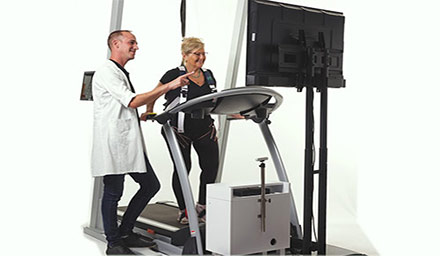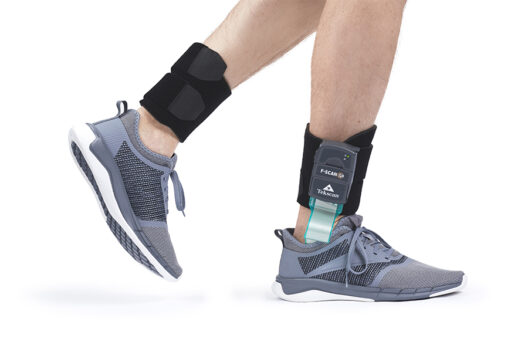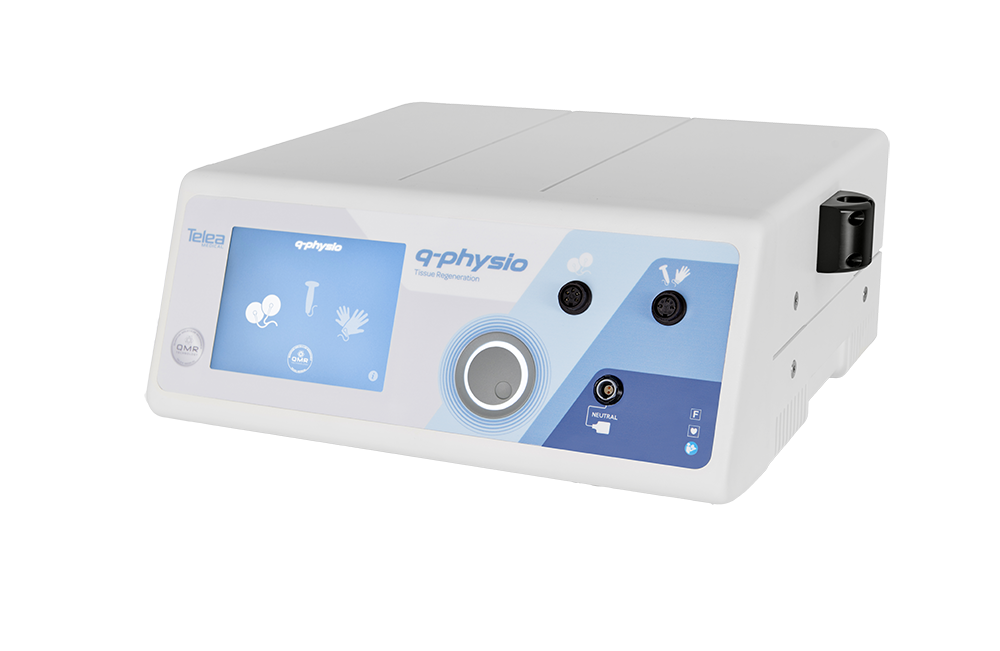Today marks the Longest Day, an event that marks the Summer solstice that encaptures family, friends, and patients with the goal to fight the darkness of Alzheimer’s through online or fundraising activities. To commemorate and raise awareness, we would like to discuss the importance of the Longest day and how our solutions can be beneficial in advancing Alzheimer’s research and clinical treatment of symptoms (Alzheimer’s Association, 2021). At Aerobe, we provide advanced MR imaging, fNIRS, neurodiagnostic, neurostimulation solutions, and more to benefit both research and clinical application into the development of diseases such as dementia, Alzheimers, autism, ADHD, dyslexia, mild cognitive impairment, and more.
The Longest Day x Alzheimers Awareness

Every year on June 20th, the Alzheimers association celebrates the summer solstice because as the longest day of the year it symbolizes the challenging journey of people living with the disease and their caregivers (Avitur, 2015). On this day, fundraising activities are conducted to raise funds to support the Alzheimer’s Association research, treatment, and education seminars to encourage awareness. Alzheimer’s disease (AD) is a progressive neurodegenerative brain disease that develops subtle symptoms for patients with failures in memory, it has been reported that 60-80% of dementia cases worldwide are AD (Yu et al., 2020). Discover how our innovative real-time brain imaging solutions can help benefit the treatment of AD symptoms or recognise changes in cognitive state at clinics and research facilities.
Our NIRSIT System

Obelab’s NIRSIT System, in particular, is an innovative wireless brain imaging technology applied by researchers and clinicians of neuroscience to understand the development of diseases through the analysis of the prefrontal cortex. The portable hardware system applies infrared light with a Broadmann channel distribution to provide real-time brain activation data while the patient undertakes emotional and mental activities. For example, the N-back test assesses the brain’s hemodynamics while the patient undertakes a test on memory. As an alternative to MRI, this brain imaging analysis tool matches the resolution of MRI while processing data that is user-friendly and simple to apply into neurology, psychiatry, education, and basic research.
Although there is no current cure for AD, it is evident from clinical research that the early administration of medication therapies or daily training can diminish the progression of the disease while improving AD patient’s quality of life (ibid). The application of fNIRS technology is the ideal solution for Alzheimers research and clinical application. Its application provides real-time maps (with temporal and spatial resolution) of cortical activation to non-invasively measure the cortical hemodynamic as oxygenated and deoxygenated hemoglobin changes (Lancia, Mammarella, Bianco & Quaresima, 2017).
Key Features & Technical Specifications:

- Real-time analysis of the hemodynamic response
- Non-invasive and wireless module solution
- A high spatial resolution of over 200 channels
- 4mm by 4mm (DOT) image reconstruction to match MRI resolution
- High temporal resolution of 8 Hz
- NIRSIT offers mobile application software, PC software, and analysis tool for:
- Monitoring Mode – transient graph and 3D brain mapping
- Task Mode – N-Back, Arithmetic, Stroop, etc
- Diffuse Optical Tomography (DOT)
- Photogrammetry – localisation of channels in MNI space
- Motion Artifact Removal – enabled by embedded motion sensor
Aerobe distributes an fNIRS series by OBELAB including; the NIRSIT, NIRSIT Lite, and NIRSIT Lite for Kids, learn more details about AEROBE’s NIRSIT series by clicking here.
About OBELAB

Established in 2013, OBELAB Inc. has maintained its presence with a global footprint of customers and research partners in Europe, Asia, North America, the Middle East, Africa, and Oceania. Moreover, 36 hospitals, 56 labs, and 24 companies apply Obelab’s fNIRS solutions and Brain health services. The company shares the vision to establish itself as the leading brain big data company by providing affordable and convenient solutions for research and clinical markets. Moreover, to take the lead in consumerisation of brian monitoring while contributing to uncovering human brain functioning for better living.
References:
- Alzheimer’s Association. (2021). Help Fight Alzheimer’s on The Longest Day. Retrieved 9 June 2021, from https://act.alz.org/site/TR?fr_id=14244&pg=entry
- Avitzur, O. (2015). Fighting the Darkness of Alzheimer’s on The Longest Day. Retrieved 9 June 2021, from https://www.brainandlife.org/articles/the-alzheimers-association-has-designated-june-21-as-a-day/
- Lancia S., Mammarella S., Bianco D., Quaresima V. (2018) Is Wireless Functional Near-Infrared Spectroscopy (fNIRS) 3D Neuroimaging Feasible to Map Human Navigation in the Real-World?. In: Fogliaroni P., Ballatore A., Clementini E. (eds) Proceedings of Workshops and Posters at the 13th International Conference on Spatial Information Theory (COSIT 2017). COSIT 2017. Lecture Notes in Geoinformation and Cartography. Springer, Cham. https://doi.org/10.1007/978-3-319-63946-8_16
- Yu, J. W., Lim, S. H., Kim, B., Kim, E., Kim, K., Park, S. K., … & Choi, J. W. (2020). Prefrontal functional connectivity analysis of cognitive decline for early diagnosis of mild cognitive impairment: a functional near-infrared spectroscopy study. Biomedical Optics Express, 11(4), 1725-1741.
































